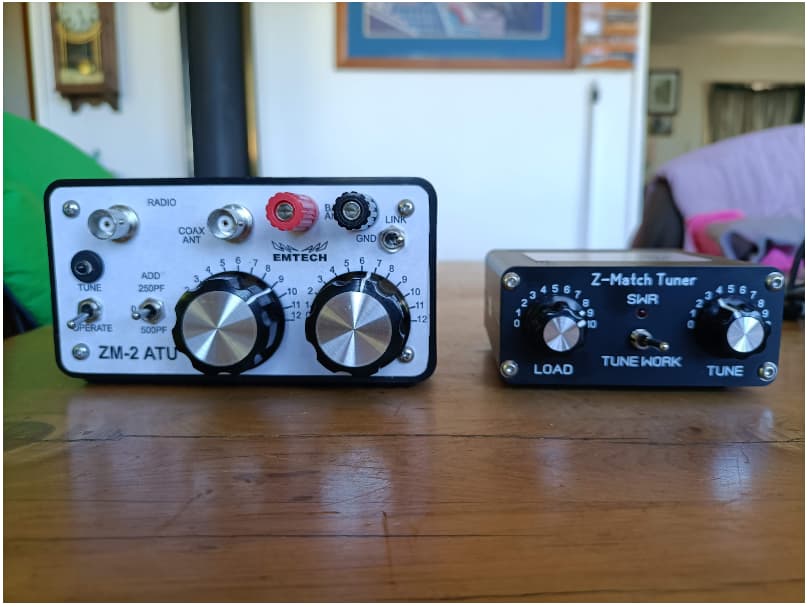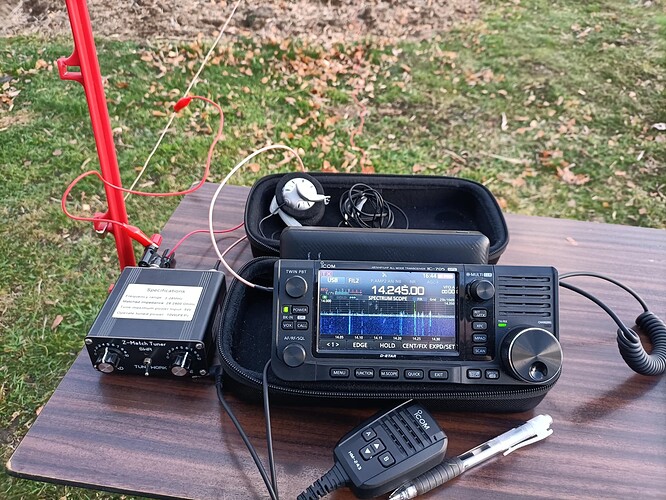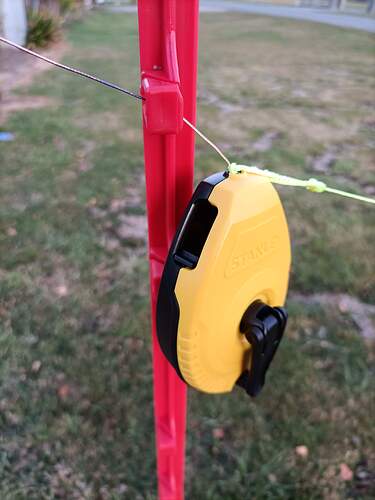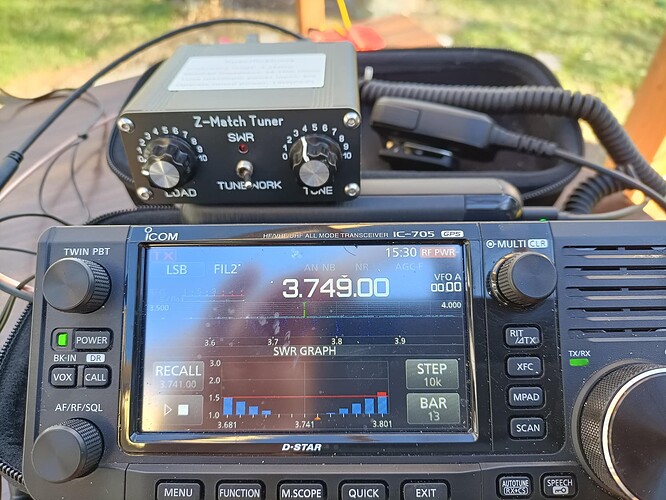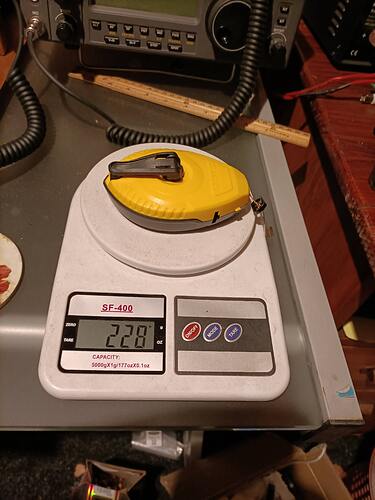I am always on the look out for the ‘holy grail’ antenna. I might not ever find it but I gain a lot of experience and have a lot of fun along the way. My latest dive into the quest has taken me down the longwire route with a tuner and a chalk-line winder.
First the tuner. I was looking for a small, capable, manual QRP tuner. I finally decided on the Emtech ZM-2 and a no name Chinese Z-Match Tuner that seems to be currently flooding the internet. Morten, @LB0FI has done an initial video on this tuner with a promise of more videos to come……I look forward to them
Of the two tuners the Emtech is most definitely the more capable of the two, though not by a big margin. The only real difference that I find between them is depending on what antenna I am using the Chinese tuner can have difficulty in matching 10 metres and in some antenna configurations can’t make the match, whereas the Emtech seems to always get it to a workable SWR. Now while the Emtech is more capable, I tend to carry the Chinese tuner with me more often only because it can match 80 through to 15 metres with ease and it is definitely more compact and robust to be carried around in my Go-Bag.
The Antenna:
I started off with various random wire lengths and generally settled around the 42 foot mark as with the SOTABeams Band Springer. While the Band Springer worked reasonably well it still was not producing the results I was looking for. And then Fraser, @MM0EFI put out a video of an activation that he did using the original W3EDP configuration connected directly to his KX-2. So I started looking at an 84 foot radiating arm with a 17 foot counterpoise. This configuration started to look promising in the field and proved timely in that I was also looking for reliable 80 metre field capability for use with the Alpine Fault Net, a NZ based Disaster Communications Network (www.RFRadio.nz). The only issue was that 84 feet of wire can be impossible on some of NZ’s real-estate challenged summits and I didn’t like the prospect of carrying multiple lengths of wire. And then I saw the videos coming out on the fishing reel antenna and the chalk line antenna. I had a spare fishing reel so put that into service as a varying length wire winder. It was close, but it was prone to unravelling and getting tangled. I had also given thought to using a chalk-line but generally the space for the line can be restrictive and not suitable to the silicone coated antenna wire that I have been using.
YouTube to the rescue again. I remembered seeing a video where a ham was using copper coated stainless steel trolling wire. I couldn’t find any to the length that I wanted here in NZ fishing stores but found 300 metres of it on Amazon for a reasonable price. The wire is sturdy, winds well into a Stanley chalk line reel and feeds nicely without tangles……generally.
Here are some pictures of my setup as I play and experiment with it.
Just in experimentation I have the wire strung between two plastic electric fence wire stakes going over a SOTABeams Mini Tactical pole which puts the top of the inverted V at about 5 metres. In this configuration I am getting good NEVIS performance which is ideal for the Alpine Fault Net and also local SOTA activations. I accept that it is unlikely the plastic stakes will accompany me on SOTA activations. Just an aside, the signals seen on the waterfall in the picture above was Europe coming in over the long path at 16:45 hrs in the afternoon.
The other end of the antenna.
The beauty of the chalk-line setup with 35 metres of wire on the spool is that it allows me to vary the length of the radiating element with ease and also use this as a method of tuning if required.
Matching 80 metres with the same configuration of antenna a few days before.
The tuning can be a bit sharpish but most definitely workable.
Anyway, just thought I would share my experimentations so far in that it may be of interest or use to other activators out there.
Cheers
Phil ZL3CC
